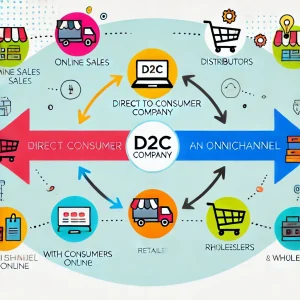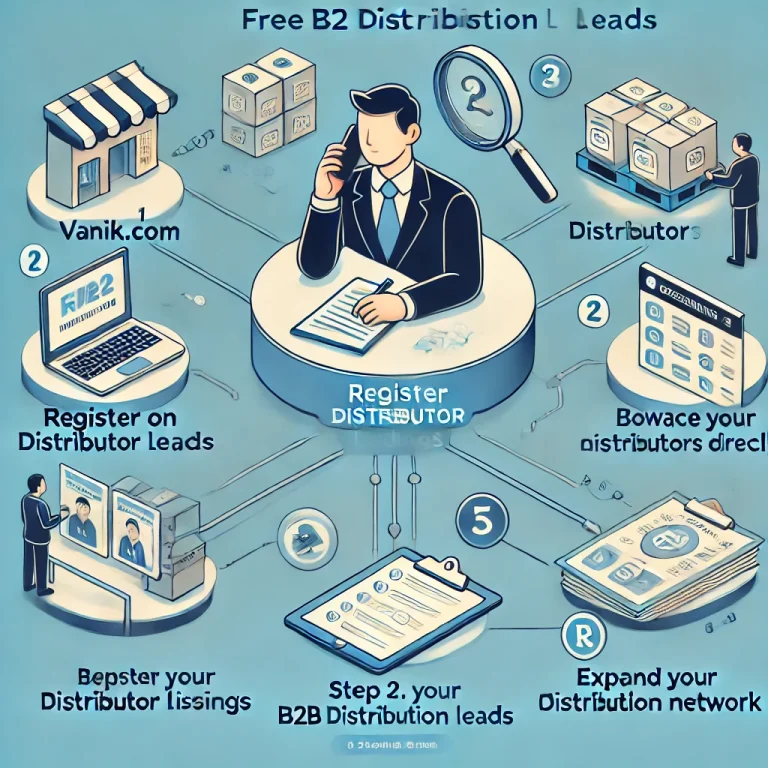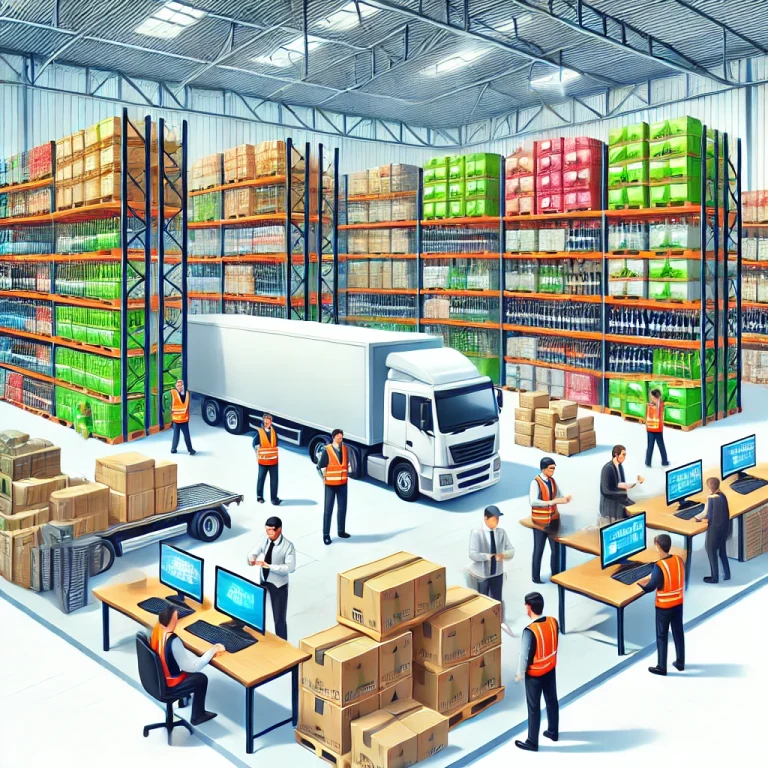Direct to Consumer (D2C) companies have revolutionized the market by bypassing traditional retail channels and selling directly to customers. This model offers several advantages, including greater control over branding, customer relationships, and pricing. However, D2C companies often face challenges in scaling up and achieving sustainable profitability. This article explores strategies D2C companies can employ to cut costs, increase profitability, and chart a path to long-term success, using services like Vanik.com for B2B outreach.
Understanding the D2C Model
The D2C model allows companies to connect directly with consumers, eliminating the need for intermediaries. This direct connection provides valuable customer insights and data, enabling personalized marketing and improved customer experiences. However, it also comes with challenges such as high customer acquisition costs, logistics expenses, and the need for significant investment in marketing and technology.
Challenges Faced by D2C Companies
- High Customer Acquisition Costs: Attracting and retaining customers requires substantial marketing spend, often through digital channels like social media, search engines, and email campaigns.
- Logistics and Fulfillment: Managing warehousing, shipping, and returns can be complex and costly, especially as order volumes grow.
- Inventory Management: Balancing inventory levels to meet demand without overstocking or stockouts is a constant challenge.
- Scaling Operations: As D2C companies grow, scaling operations to meet increased demand can strain resources and impact profitability.
Strategies to Cut Costs and Increase Profitability
1. Optimize Marketing Spend
Effective marketing is crucial for D2C companies, but it can also be one of the largest expenses. To optimize marketing spend:
- Leverage Data Analytics: Use customer data to target marketing efforts more precisely. Personalized marketing campaigns can improve conversion rates and reduce wasted spend.
- Focus on Customer Retention: Retaining existing customers is often more cost-effective than acquiring new ones. Implement loyalty programs, personalized offers, and excellent customer service to encourage repeat purchases.
- Use Organic Channels: Invest in content marketing, SEO, and social media engagement to drive organic traffic, reducing reliance on paid advertising.
Case Study: Dollar Shave Club
Dollar Shave Club successfully used humor and viral marketing to grow its customer base. By creating engaging and shareable content, they reduced their marketing costs and built a strong brand presence organically.
2. Improve Logistics and Fulfillment
Logistics and fulfillment are critical components of the D2C model. Improving efficiency in these areas can significantly reduce costs:
- Outsource Logistics: Partner with third-party logistics providers to benefit from their expertise and economies of scale.
- Use Technology: Implement warehouse management systems (WMS) and order management systems (OMS) to streamline operations and reduce errors.
- Optimize Shipping: Negotiate better rates with carriers, use zone skipping, and offer multiple shipping options to balance speed and cost.
Case Study: Warby Parker
Warby Parker optimized its supply chain by using a combination of in-house and third-party logistics. This hybrid approach allowed them to scale efficiently while maintaining control over critical aspects of their operations.
3. Efficient Inventory Management
Effective inventory management ensures that products are available when customers want them, without tying up too much capital in stock:
- Demand Forecasting: Use historical sales data and market trends to predict demand and plan inventory levels accordingly.
- Just-in-Time (JIT) Inventory: Implement JIT inventory practices to minimize holding costs and reduce the risk of obsolescence.
- Automate Replenishment: Use automated systems to track inventory levels and reorder stock as needed, reducing the risk of stockouts.
Case Study: Glossier
Glossier uses data-driven inventory management to align its supply chain with customer demand. By closely monitoring sales patterns and adjusting inventory levels in real-time, they maintain high availability without overstocking.
4. Scale Operations Wisely
Scaling operations requires careful planning and execution to avoid overstretching resources and impacting profitability:
- Incremental Expansion: Gradually scale operations by entering new markets or adding new product lines one step at a time.
- Invest in Technology: Use scalable technology solutions that grow with your business, such as cloud-based platforms and automation tools.
- Build Strategic Partnerships: Partner with manufacturers, suppliers, and logistics providers who can support your growth plans.
Case Study: Casper
Casper scaled its operations by strategically expanding its product line and geographic reach. By focusing on incremental growth and building strong partnerships, they maintained profitability while growing their business.
Leveraging B2B Channels with Vanik.com
While the D2C model offers many benefits, integrating B2B channels can further enhance profitability and scalability. Vanik.com, India’s largest B2B platform, can help D2C companies connect with distributors, retailers, wholesalers, and other business partners.
Benefits of Using Vanik.com for B2B Outreach
- Access to Verified Partners: Vanik.com provides access to a vast network of verified distributors, retailers, and wholesalers, ensuring that you connect with reliable and credible partners.
- Expand Market Reach: By leveraging Vanik’s platform, D2C companies can reach new markets and customer segments, increasing sales and reducing dependency on direct-to-consumer channels.
- Reduce Costs: Working with B2B partners can reduce logistics and fulfillment costs, as partners handle bulk orders and distribution.
- Diversify Revenue Streams: Adding B2B channels diversifies your revenue streams, reducing the risk associated with relying solely on D2C sales.
How to Get Started with Vanik.com
- Register for Free: Sign up on Vanik.com and gain free access to their premium content, including a database of verified distributors, retailers, and wholesalers.
- Explore Opportunities: Browse the extensive network of potential business partners and identify those that align with your business goals and target markets.
- Connect and Negotiate: Reach out to potential partners, present your product offerings, and negotiate terms that benefit both parties.
- Leverage Support: Utilize Vanik’s support services to navigate the B2B landscape and build successful partnerships.
Conclusion
D2C companies face unique challenges in achieving profitability, but by optimizing marketing spend, improving logistics and fulfillment, managing inventory efficiently, and scaling operations wisely, they can overcome these hurdles. Additionally, integrating B2B channels through platforms like Vanik.com can further enhance profitability and sustainability.
By leveraging the resources and support offered by Vanik.com, D2C companies can expand their market reach, reduce costs, and diversify their revenue streams, ultimately achieving long-term success. Don’t miss the opportunity to transform your business—register on Vanik.com today and start building profitable B2B partnerships.



